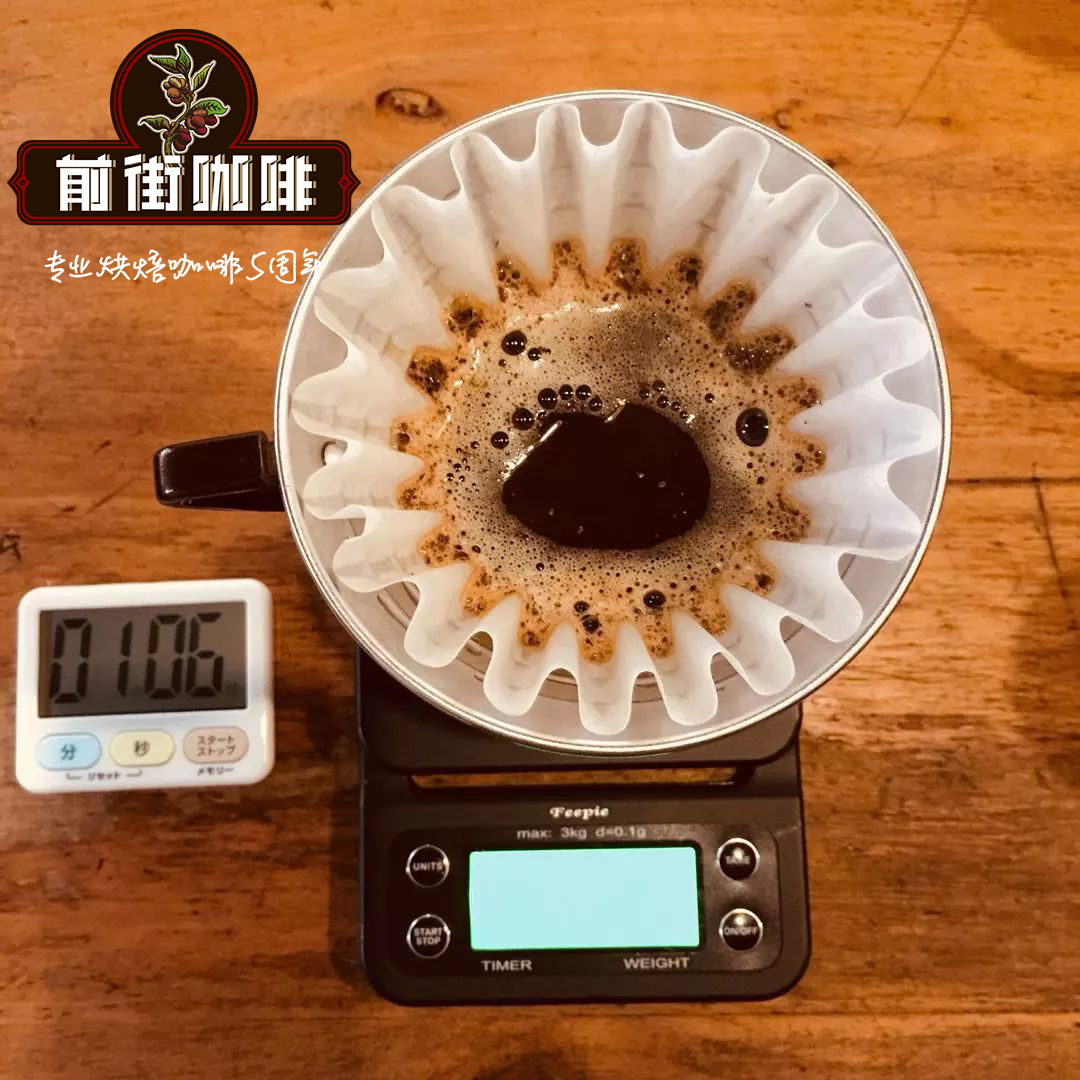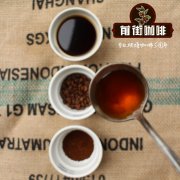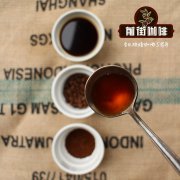Introduction to the characteristics of coffee beans in AA-Songea producing area of Tanzania _ how to bake coffee beans in Tanzania

Professional coffee knowledge exchange more coffee bean information please follow the coffee workshop (Wechat official account cafe_style)
Tanzania is located in eastern Africa, south of the equator, and Mount Kilimanjaro, Africa's highest peak, is located in this country. Most of the country's high-quality coffee comes from around Mount Kilimanjaro in the north and has a flavor similar to Kenyan coffee. However, the coffee beans I would like to recommend come from the southern producing area of the country-Songea!
The following is an official introduction!
Product name: AA, Tanzania
Varieties: bourbon, Kent
Altitude: 1100ml / 1200m
Producing area: southern Songea
Moisture content: 11.8%
Treatment: washing
Flavor introduction: fruit acid, flower aroma, body above average, caramel rhyme obvious, chocolate rhyme, sweetness obvious.
This Tanzanian coffee comes from near the songea,rucuma River and ruvuma basin in the southern part of the country.
The coffee from the north and south of Tanzania has its own advantages: the north is sour, the flavor is prominent, the flavor is more inclined to Kenya, and it has a floral flavor similar to that of Sidamo; in the south, the sour taste and aroma are obvious but not heavy, what is important is the softness of cleanliness and acidity, the strong caramel rhyme, the elegant and refined fragrance of flowers, and its flavor can be said to be unique!
The Tanzanian AA from southern Songea in my hand is very likeable from the raw beans alone, with a neat appearance, the same size (small as a whole, mostly bourbon species), a grayish green color, and a defect rate of only 1.5%-my selection criteria are very strict!
I baked it to the end of the explosion, and the next day I couldn't wait to make a cup with V60 (it's supposed to be a cup test, but hand flushing can better reflect its flavor and, of course, magnify its flaws). The result is that I am very confused.
Why would you say that? Because I once tasted a Tanzanian coffee from the northern mountains of Mount Kilimanjaro. At that time, it had a very strong floral smell, but now this Songea tends to be light and not as strong as the one in the northern mountains. But to my delight, I did not expect the sweetness of this coffee to be so prominent. When it smelled dry, it had a strong nutty and cocoa flavor. After brewing, the caramel rhyme lingered in the mouth for a long time, and the acidity was bright and soft, sweet in sour, and elegant in the nose.
After it is cooled, the sour taste becomes more prominent, but the sour taste is far less strong than that of Kenya, between Yegashifi and Kenya, obviously and soft. to put it simply, it is "not exciting and easy to accept"!
And these are the beans at the end of the explosion, what if they are baked until or even after the end of the explosion? The sour taste will be domesticated and softer, and the caramel rhyme and chocolate rhyme will definitely dominate.
Of course, this is not to say that this Tanzanian coffee bean is not defective, the only thing to pay attention to when brewing is that when it is lightly roasted, if it is boiled with too high temperature water, it is easy to produce earthy smell. This is due to the mixed smell caused by inconvenient transportation in Tanzania, as long as you control the water temperature of shallow baked beans!
I drank Yegashefi Arica G1 washing a few days ago, and these two days I tasted Tanzania's Songea ·AA ·water wash, and found that their flavors are completely different, but each has its own advantages. To judge whether it is good or bad, I think this Tanzanian coffee AA is as good as Yega Xuefei G1 washed beans.
END
Important Notice :
前街咖啡 FrontStreet Coffee has moved to new addredd:
FrontStreet Coffee Address: 315,Donghua East Road,GuangZhou
Tel:020 38364473
- Prev

Peruvian organic coffee beans | Camarca San Ignacio small farmers wash Kaddura and card in micro batches
Professional coffee knowledge exchange more coffee bean information please follow the coffee workshop (Wechat official account cafe_style) Peruvian organic coffee beans | Camanca San Ignacio small farmers micro-batch washing Kaddura, Kaduai beans flavor? Peru (Peru) is also a big coffee producer. Up to 98% of Peruvian coffee is grown in forest areas, and most producers are small farmers.
- Next

Artificial harvesting in Chaximayo production area of Chanchmayo, Peru | Elaraby with organic cultivation and washing treatment
Professional coffee knowledge exchange more coffee bean information please follow the coffee workshop (Wechat official account cafe_style) Peru Chanchmayo Chasimayo manual harvest | Organic cultivation washing Arabica coffee bean flavor? Peruvian coffee beans are produced in La Florida, located in the northeast highlands of the Andes, which is the most famous C of the nine coffee producing regions in Peru.
Related
- Detailed explanation of Jadeite planting Land in Panamanian Jadeite Manor introduction to the grading system of Jadeite competitive bidding, Red bid, Green bid and Rose Summer
- Story of Coffee planting in Brenka region of Costa Rica Stonehenge Manor anaerobic heavy honey treatment of flavor mouth
- What's on the barrel of Blue Mountain Coffee beans?
- Can American coffee also pull flowers? How to use hot American style to pull out a good-looking pattern?
- Can you make a cold extract with coffee beans? What is the right proportion for cold-extracted coffee formula?
- Indonesian PWN Gold Mandrine Coffee Origin Features Flavor How to Chong? Mandolin coffee is American.
- A brief introduction to the flavor characteristics of Brazilian yellow bourbon coffee beans
- What is the effect of different water quality on the flavor of cold-extracted coffee? What kind of water is best for brewing coffee?
- Why do you think of Rose Summer whenever you mention Panamanian coffee?
- Introduction to the characteristics of authentic blue mountain coffee bean producing areas? What is the CIB Coffee Authority in Jamaica?

